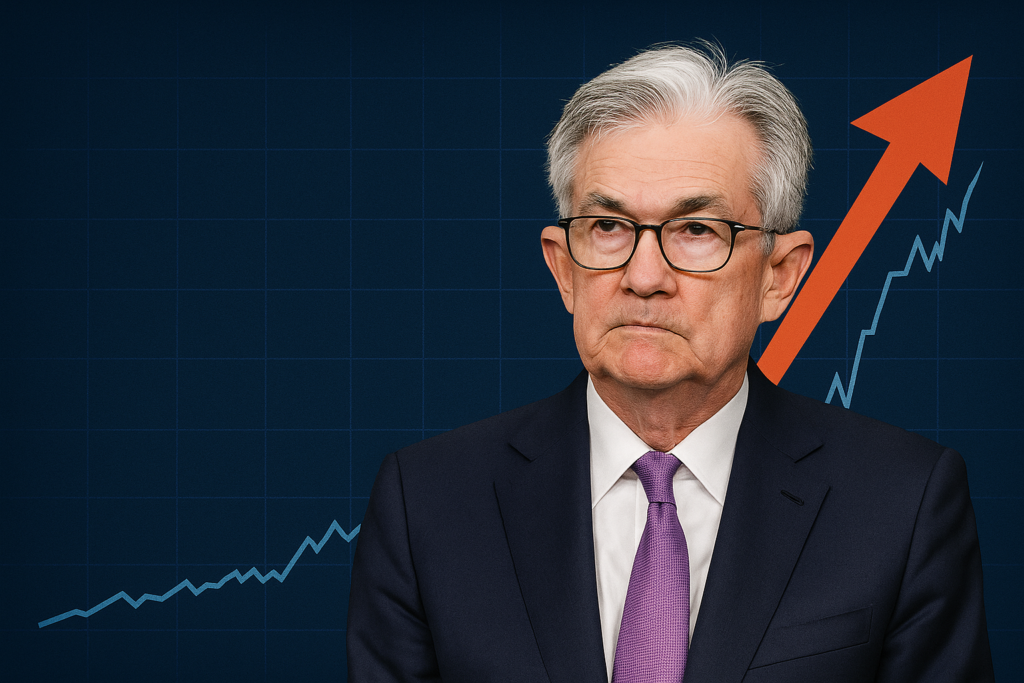
What to Know
- 10-Year Treasury Yield Rises to 4.37%: Long-term Treasury yields have increased, reflecting investor concerns over inflation and economic uncertainty. WSJ
- Steepening Yield Curve: The divergence between rising long-term and falling short-term yields indicates a “steepening twist,” suggesting growing inflation uncertainty. WSJ
- Federal Reserve Holds Rates Steady: Amidst economic risks, the Fed maintains interest rates, emphasizing a cautious, data-driven approach. WSJ
- Strong Demand in Treasury Auctions: Recent 10-year Treasury auctions show robust investor demand, easing concerns about bond appetite. WSJ+8WSJ+8WSJ+8
Market Dynamics and Federal Reserve’s Stance
The bond market is experiencing significant shifts as investors react to evolving economic indicators and policy decisions. The 10-year Treasury yield has climbed to approximately 4.37%, driven by declining bond prices and heightened inflation expectations. WSJ+1Barron’s+1
This increase in long-term yields, contrasted with falling short-term yields, has resulted in a “steepening twist” of the yield curve. Such a pattern often signals investor uncertainty about future inflation and economic growth. WSJ
The Federal Reserve, acknowledging these economic risks, has opted to keep interest rates steady. Chair Jerome Powell emphasized the importance of a patient, data-driven approach, citing the potential inflationary effects of recent tariffs and the need to maintain credibility in managing inflation. WSJ+2WSJ+2WSJ+2
Investor Sentiment and Treasury Auctions
Despite concerns over inflation and economic uncertainty, investor demand for U.S. Treasurys remains strong. A recent $42 billion auction of 10-year notes attracted significant interest, with 91.1% of the issuance purchased by non-mandated investors—the highest percentage since February 2023. WSJ+4WSJ+4WSJ+4
This robust demand suggests that, while investors are cautious, they still view U.S. government debt as a safe haven amidst global economic uncertainties.WSJ
Implications for the Economy
The current bond market dynamics have several implications:
- Borrowing Costs: Rising long-term yields increase borrowing costs for consumers and businesses, potentially slowing economic growth.
- Monetary Policy Challenges: The Federal Reserve faces a delicate balance between supporting economic growth and controlling inflation, especially in the face of unpredictable fiscal policies.WSJ
- Investor Strategies: Investors may need to reassess their portfolios, considering the potential for continued volatility in bond markets and the broader economy.